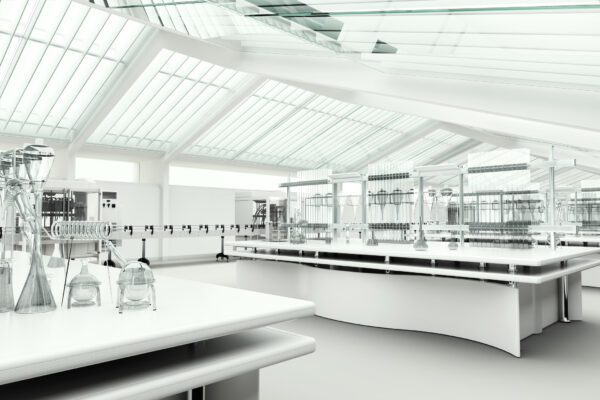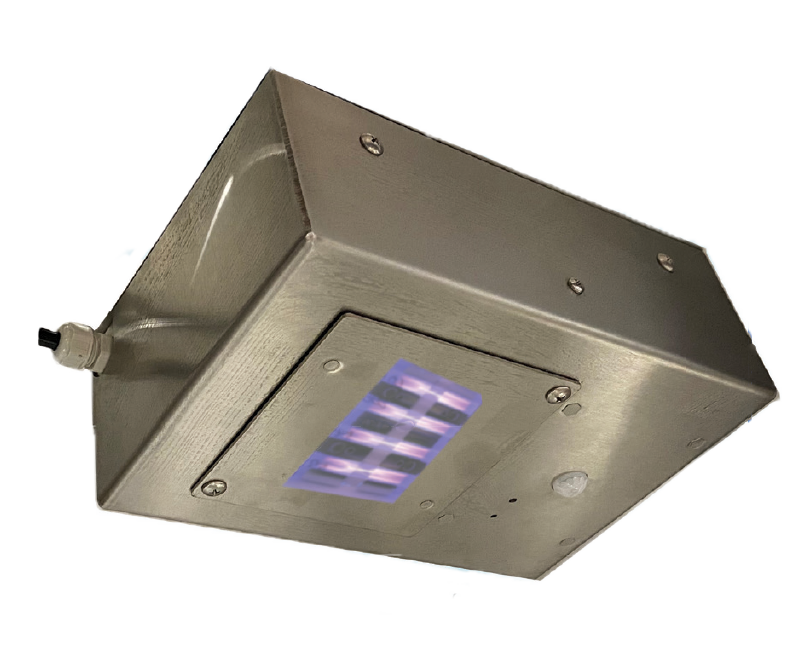UV Disinfection: The Cutting-Edge Modern Technology Changing Cleanliness Practices
In the world of cleanliness practices, one technology has actually arised as a game-changer: UV sanitation. From healthcare setups to food handling, UV sanitation is making its mark in different markets.
How UV Disinfection Functions
UV disinfection functions by utilizing ultraviolet light to ruin or inactivate microbes, providing a extremely efficient and chemical-free technique of cleanliness. This modern technology takes advantage of the power of short-wavelength UV-C light, which can harming the DNA and RNA of microorganisms, therefore providing them unable to create and replicate damage.
The procedure starts with the installment of UV sanitation systems, which contain UV lights that release UV-C light. These lights are purposefully positioned in locations where microbial contamination is a worry, such as water therapy plants, hospitals, laboratories, and food handling facilities.
When microbes are subjected to UV-C light, the photons penetrate their cell wall surfaces and reach the DNA and RNA within. The high-energy UV-C photons interrupt the genetic product by producing bonds between adjacent nucleotides, bring about the development of thymine dimers. These dimers prevent the microorganisms from reproducing, making them safe.
UV disinfection is extremely reliable against a large range of bacteria, including viruses, microorganisms, and parasites. It is particularly efficient against waterborne pathogens like E. coli, Giardia, and Cryptosporidium. UV disinfection is a chemical-free method, eliminating the demand for potentially damaging disinfectants and minimizing the risk of unsafe disinfection byproducts.
Benefits of UV Disinfection
UV sanitation supplies various benefits in the field of sanitation, making it a very chosen approach for properly removing hazardous microbes. One of the vital benefits of UV sanitation is its capability to give a chemical-free solution. Unlike conventional disinfection techniques that depend on chemicals, UV disinfection uses ultraviolet light to ruin the DNA of microbes, making them unable to duplicate and cause infections. This not just gets rid of the need for potentially unsafe chemicals yet likewise lowers the risk of chemical residue on surface areas.

UV sanitation is likewise extremely versatile in its applications. It can be utilized in various setups, including medical facilities, colleges, food processing facilities, and water therapy plants. UV sanitation systems can be conveniently incorporated into existing hygiene practices, giving an added layer of defense versus contagious illness.
Along with its effectiveness and convenience, UV disinfection is additionally eco-friendly. It does not generate any kind of unsafe results or deposits, making it a sustainable and risk-free method for hygiene - uv surface disinfection. Moreover, UV sanitation needs minimal maintenance and has a long life-span, causing expense financial savings in the future.
UV Disinfection in Healthcare Setups
In health care setups, UV disinfection has actually become an innovative approach for successfully eliminating dangerous microorganisms. Using UV light to disinfect surfaces and tools has actually gained popularity because of its ability to give an added layer of defense versus virus. UV disinfection functions by giving off ultraviolet light at a certain wavelength that is lethal to microorganisms, viruses, and other microbes. This innovation offers numerous benefits in health care settings.
First of all, UV sanitation is a non-chemical approach, making it an ecologically friendly alternative contrasted to typical disinfection approaches that typically include using severe chemicals. The use of UV light removes the need for chemical anti-bacterials, reducing the threat of damaging deposit or chemical exposure to both individuals and health care workers.
In addition, UV disinfection is highly reliable in eliminating a variety of bacteria, including drug-resistant microorganisms such as MRSA and C. difficile. It provides a dependable and regular sanitation procedure, guaranteeing that all surfaces and tools are completely sanitized, even in hard-to-reach areas.

UV Disinfection in Food Handling
The application of UV sanitation expands past healthcare settings and finds substantial value in the realm of food click here for info handling. uv surface disinfection. UV disinfection technology is coming to be significantly preferred in the food market as a result of its capability to properly eliminate hazardous virus and boost food security
Among the major benefits of UV disinfection in food handling is its capacity to target a variety of bacteria, consisting of viruses, molds, and microorganisms. By utilizing UV light at particular wavelengths, it is possible to interrupt the DNA and RNA of these microorganisms, rendering them unable to duplicate or cause damage. This technology can be put on various stages of the food processing chain, consisting of surface sanitation, devices sanitation, and water therapy.
UV sanitation offers a non-thermal and chemical-free technique of sanitizing food. Unlike traditional sanitation techniques that count on chemicals or warmth, UV innovation does not leave any kind of deposit or modify the preference, structure, or dietary value of the food. This makes it a perfect solution for industries that call for stringent adherence to quality requirements.
Moreover, UV sanitation systems are easy to install and run, needing very little upkeep. They can be incorporated right into existing handling lines without creating considerable disturbances to the production procedure. Furthermore, UV systems have a fast Look At This therapy time, enabling for continuous handling and reducing downtime.
The Future of UV Sanitation

One area where UV disinfection is expected to make considerable innovations remains in the area of healthcare. With the increase of antibiotic-resistant bacteria and the demand for a lot more effective disinfection techniques, UV light has the possible to play an important duty in minimizing healthcare-associated infections. UV sanitation systems can be utilized to decontaminate surface areas, tools, and also the air in healthcare facilities, helping to protect against the spread of harmful pathogens and enhance client safety.
An additional industry that might gain from improvements in UV sanitation innovation is the food industry. UV light has already shown to be an effective technique for sanitizing food products and reducing the threat of foodborne health problems. As technology improves, we can anticipate to see much more affordable and reliable UV disinfection systems being carried out in food handling plants, making sure that the food we take in is risk-free and without unsafe germs.
Conclusion
To conclude, UV disinfection is an advanced innovation that is transforming hygiene methods in medical care settings and food handling. By utilizing UV light to eliminate or shut down microorganisms, it provides countless benefits such as effectiveness, safety, and performance. With recurring improvements in this field, UV disinfection holds terrific possible for the future of cleanliness, offering a sustainable and trustworthy service for maintaining clean and hygienic environments.
UV disinfection is a chemical-free method, getting rid of the need for potentially harmful anti-bacterials and lowering the threat of damaging disinfection byproducts.
Unlike traditional disinfection techniques that depend on chemicals, UV disinfection utilizes ultraviolet light to ruin the DNA of microorganisms, providing them this article not able to reproduce and create infections. Unlike conventional sanitation techniques that depend on chemicals or warmth, UV innovation does not leave any type of deposit or alter the preference, appearance, or dietary value of the food. As modern technology boosts, we can expect to see much more affordable and effective UV disinfection systems being executed in food handling plants, making sure that the food we eat is secure and totally free from dangerous bacteria.
In conclusion, UV disinfection is an innovative modern technology that is changing hygiene methods in medical care settings and food handling.